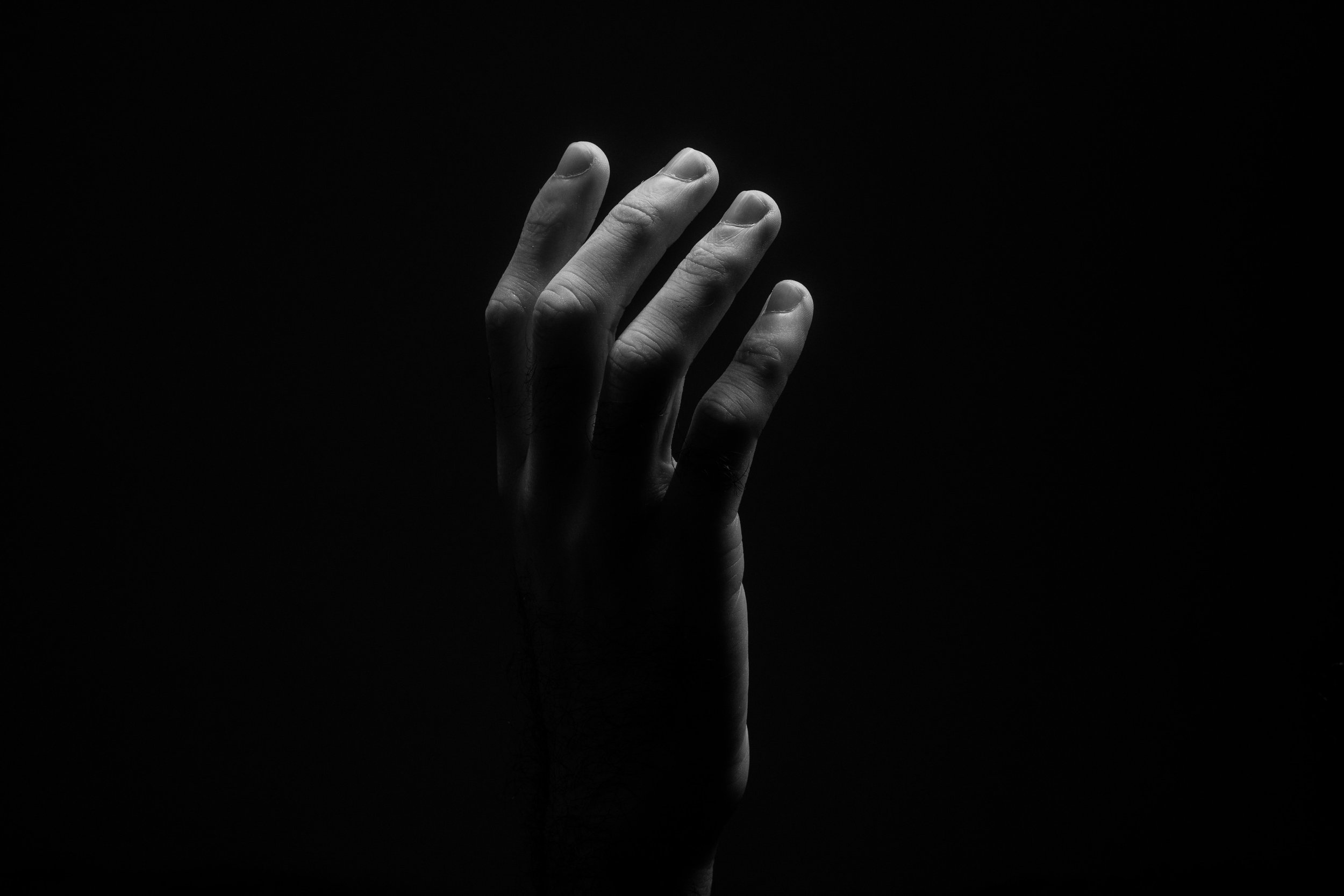Building Capacity
Jami Flick, faculty member of PNWU’s developing School of Occupational Therapy, works to combat human trafficking.
As the busy holiday season winds down, many of us may be reflecting on the time we spent with friends and family, the places we traveled and the things we did. For the over 40 million men, women, and children who are victims of human trafficking, however, the holidays pass by without fanfare as victims ensnared by force, coercion, or deception, live in limbo, fear, and pain.
January is National Slavery and Human Trafficking Prevention Month. Created in 2010, the designation serves to raise awareness about the different forms of human trafficking (also known as modern slavery) and educate people about this form of crime, especially how to get involved and end human trafficking.
Human trafficking is a heinous crime that affects children, youth, and adults in communities across Washington and results in loss of life and significant trauma. Trafficking includes forced labor and sex trafficking. Many people envision the movie Taken and assume traffickers snatch people off the street, but traffickers can be any gender or age, be family members, or others in one’s social network. Traffickers use a variety of tactics, including force, fear, shame, physical and sexual violence, threats, and a false perception of “love” to force, coerce, and/or mislead victims into trafficking. Trafficking tactics can be deployed in social and physical, but also online and through social media.
Traffickers often target people who live in poverty, are alienated from family/social supports, have cognitive/intellectual challenges, are marginalized (i.e., LGTBQ and indigenous communities), and/or are vulnerable due to citizenship/immigration status. People with a history of abuse and substance use are also at higher risk for trafficking.
People think that trafficking doesn’t happen in rural communities, but if there are vulnerable people and a demand for labor and sex trafficking victims, then trafficking exists. Trafficking happens in rural, suburban, and urban areas alike. However, research shows that rural communities may not be as equipped to respond to human trafficking as urban and suburban areas.
Though discrimination and violence place women, girls, and transgender individuals at heightened vulnerability to trafficking, men and boys are also impacted by trafficking, especially homeless youth. Race intersects with other sociodemographic factors placing people of color at a higher risk for human trafficking than their White peers.
The issue of human trafficking should be a concern of all healthcare providers and community members.
Because human trafficking operates in darkness, it’s difficult to get exact numbers of victims. Moreover, as many victims live under control of their traffickers, they may have limited interaction with the broader community and few opportunities to seek help. Victims trapped in forced labor are primarily in private sectors, such as domestic work, construction, and agriculture. Victims of sexual exploitation may be in forced prostitution, pornography, massage parlors, and strip clubs. Interactions with healthcare providers are extremely common, with almost 50% of victims reporting that they made contact with a healthcare professional while they were being exploited; therefore, it’s a crucial opportunity for the identification of trafficking victims.
The average lifespan of a trafficking victim from the time they are trafficked is 7-10 years. For those that manage to escape their traffickers, the road to healing and reintegration into society can be harrowing, as victims work to heal from significant psychological and physical harm.
I understand the issues that survivors face all too well. By working with trafficking survivor advocates and leaders, I’ve been able to focus on understanding how to support these key stakeholders in the anti-trafficking movement.
Individuals who escape or leave a trafficking situation are survivors. Many survivors want to leave the past behind them and live their life without the label and stigma of being a survivor. Some survivors choose to return to the anti-trafficking movement as advocates, leaders, mentors, subject matter experts, lived experience experts, and consultants. These influential leaders inform advocacy and legislation, help design trauma-informed programming for non-profits, raise awareness, and walk alongside new survivors in their journey to recovery. Their contributions can come at a cost to their own health and well-being secondary to re-traumatization, burnout, and re-victimization from organizations that are not trauma informed. By understanding their lived experience as survivor advocates and survivor leaders, I hope to help identify ways they can be supported and can continue informing and leading anti-trafficking initiatives.
Rural areas in particular need further support to combat human trafficking. Smaller, spread-out rural communities present challenges in reporting suspected trafficking anonymously and for victims to receive assistance. Rural communities need more education and resources to build their capacity to address human trafficking.
This month, in collaboration with the Nova Southeastern University’s Abraham S. Fischler College of Education & School of Criminal Justice, and the Coalition for Research And Education Against Trafficking And Exploitation (CREATE), I’ve been invited to present my research and highlight the barriers and challenges of conducting research in the anti-trafficking movement. The event is free and open to the public. Interested individuals may register for the event in early January here.
Healthcare professionals can assist in the movement to end human trafficking by being informed about the warning signs that someone is at risk for trafficking, or may be a victim of trafficking, which includes action steps one should take if risk of trafficking or active trafficking is suspected.
In support of victims, survivors, and the many individuals and organization that work every day to put an end to human trafficking, our developing School of Occupational Therapy offers the following resources as a starting point for those interested in more education and training:
Jami E. Flick, MS, OTR/L
Director of Clinical Education (DCE)/Academic Fieldwork Coordinator
Pacific Northwest University of Health Sciences (developing) School of Occupational Therapy (PNWU-SOT)



